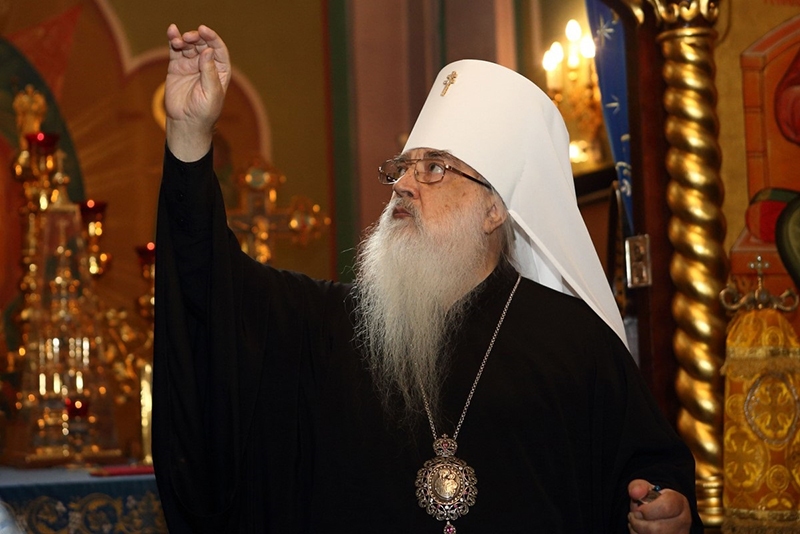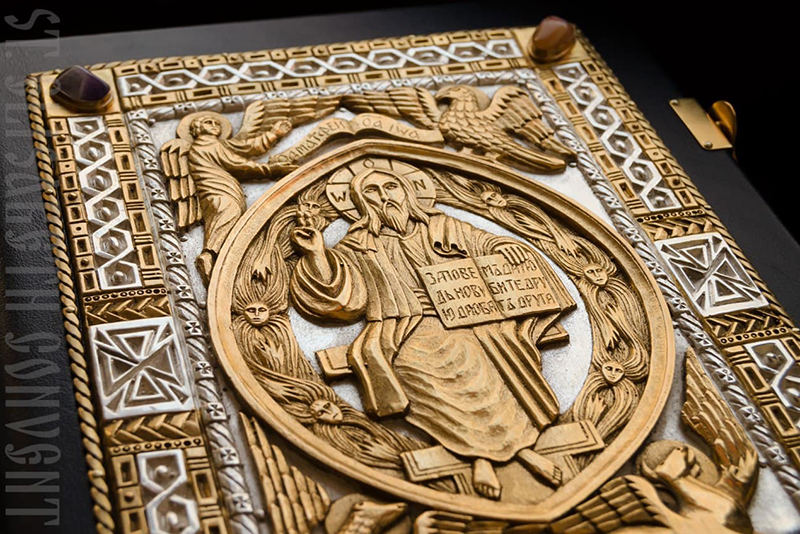
In the Creed, we confess the One, Holy Catholic and Apostolic Church. It is the church of faith, the body of Christ, “the pillar and foundation of the truth” (1 Tim. 3:15). However, in historical reality we do not observe one single church, but many local churches, united in Spirit by one faith and the consent of the Orthodox episcopate. Today, there are 15 independent autocephalous churches (the number varies in different jurisdictions) making up the One Church. Institutionally, the church can be provisionally divided into autocephalous or autonomous Churches, as well as Exarchates. We will describe these church institutions in the order of their increasing ecclesiastical independence.
The Early Meaning
Exarchate comes from the ancient Greek word ἔξαρχος – head, external chief. The term itself is quite ancient: it was first used in ancient Greece in relation to the priestly caste leaders. Also, the term exarch could mean the leader of an ancient Greek choir. However, both the terms “exarch” and “exarchate” received their widest currency already in the early Byzantine era, denoting particular territorial and administrative state institutions. Starting around late 3rd – early 4th centuries, each Roman diocese (large administrative region) was ruled by vicars (lat. vicarius). In the eastern part of the Roman Empire, vicars were called exarchs. Later (already in the administrative system of Byzantium) the concept of exarchate underwent some changes, which became especially evident during the reign of Emperor Justinian.
Byzantine Exarchates
In Byzantium, an exarch came to be understood as a high-ranking official in charge of a large and important area of the empire, often located at a great distance from Constantinople, or in a war zone. During the golden age of the Empire, the Byzantians tried to restore the former greatness of the Pax Romanum (Roman world) by recapturing the lost provinces and entire countries from the barbarian tribes that had destroyed the Western Empire. Exarchates were created on the conquered lands, often putting the political and military power in the hands of one person, i. e. the exarch. Such exarchates were organized in Africa, Spain and Italy (Ravenna Exarchate). Over time, such purely political terms as metropolitan (head of a metropolitanate) and exarch were adopted by church authorities, whose administrative arrangement was often influenced by the Roman system.
The Church Exarchates
By analogy to imperial dioceses, led by exarchs, bishops of large capital cities with their own dioceses (Ephesus, Heraclea of Thrace, etc.) also began to be called exarchs, emphasizing their higher status in comparison with other metropolitans (Protopriest John Meyendorff). The first mention of exarchs as bishops is made by the Council of Antioch in 445. However, it gives no precise definition of this rank’s ecclesiastical status. A couple of years later, the fourth (Chalcedon) Ecumenical Council by its 28th canon exalted in dignity the Archbishop of Constantinople (“home to the king and the senate”) putting him above all the metropolitans of Asia, Thrace and Pontus (including the metropolitan exarchs of these regions) thereby essentially creating nothing less than a Patriarchate and putting exarchs in an intermediate position between patriarchs and metropolitans.
With the strengthening of patriarchal powers, centralizing each church around its patriarchal throne, there was a need for a separate ecclesiastical office, which was assigned to a “patriarchal exarch”. Such exarchs were sent to various regions with particular patriarchal missions; their powers could be very great, unlike their ecclesiastical rank, which could be as modest as deacon (a vivid example is the Holy Martyr Archdeacon Nicephorus, representing Constantinople in the Polish-Lithuanian Commonwealth).
Modern Exarchates
The Church of Belarus is a good example of a modern ecclesiastical exarchate. The Belarusian Church, being a part of the Moscow Patriarchate, is located in a state independent from Russia, therefore, since 1989 it was decided to give it the status of an exarchate. The Metropolitan of Minsk and Zaslavl is a Patriarchal Exarch subordinate to the Holy Synod and the Patriarch of Moscow. In some ecclesiastical issues, an exarchate enjoys a certain autonomy, but to a lesser extent than the autonomous Churches.
It is worth noting that the ecclesiastical status of local Churches is not unalterable. It may change over time, based on historical realities and ecclesiastical benefit. This can be illustrated by the example of the Church of Georgia, which, despite being autocephalous since the eighth century and also 500 years older than the Orthodoxy in Russia, had been part of the Russian Church only as an exarchate until it regained its autocephalous status in 1917.
The main goal of all these church institutions is no other than preserving the catholicity of the church by creating centers of interaction, preventing Christian communities from becoming isolated and promoting communion between the local churches through their main sees.




